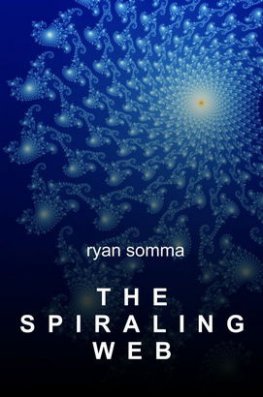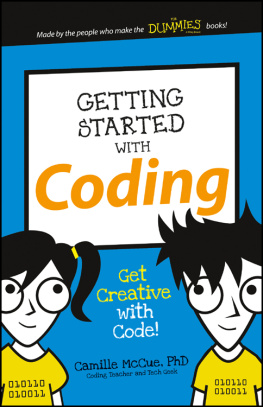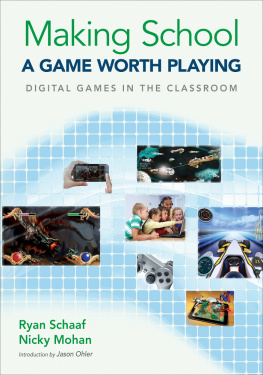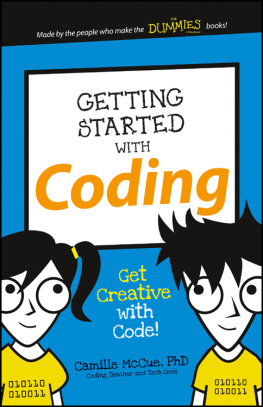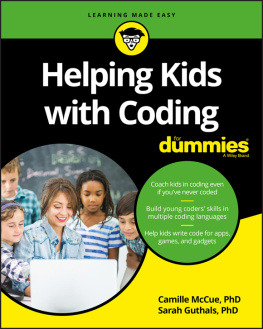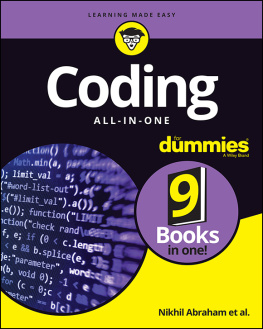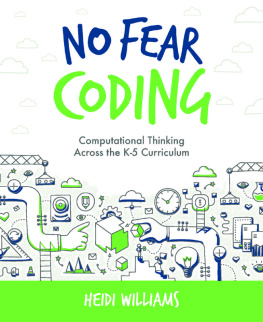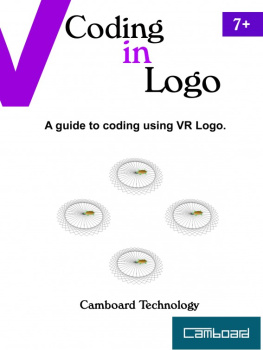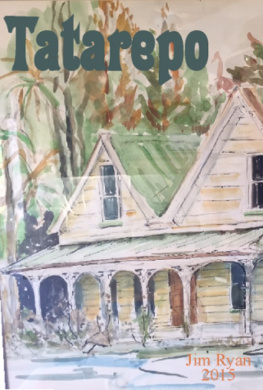Ryan Somma - Coding in the Classroom
Here you can read online Ryan Somma - Coding in the Classroom full text of the book (entire story) in english for free. Download pdf and epub, get meaning, cover and reviews about this ebook. year: 2020, genre: Home and family. Description of the work, (preface) as well as reviews are available. Best literature library LitArk.com created for fans of good reading and offers a wide selection of genres:
Romance novel
Science fiction
Adventure
Detective
Science
History
Home and family
Prose
Art
Politics
Computer
Non-fiction
Religion
Business
Children
Humor
Choose a favorite category and find really read worthwhile books. Enjoy immersion in the world of imagination, feel the emotions of the characters or learn something new for yourself, make an fascinating discovery.

- Book:Coding in the Classroom
- Author:
- Genre:
- Year:2020
- Rating:3 / 5
- Favourites:Add to favourites
- Your mark:
- 60
- 1
- 2
- 3
- 4
- 5
Coding in the Classroom: summary, description and annotation
We offer to read an annotation, description, summary or preface (depends on what the author of the book "Coding in the Classroom" wrote himself). If you haven't found the necessary information about the book — write in the comments, we will try to find it.
Coding in the Classroom — read online for free the complete book (whole text) full work
Below is the text of the book, divided by pages. System saving the place of the last page read, allows you to conveniently read the book "Coding in the Classroom" online for free, without having to search again every time where you left off. Put a bookmark, and you can go to the page where you finished reading at any time.
Font size:
Interval:
Bookmark:
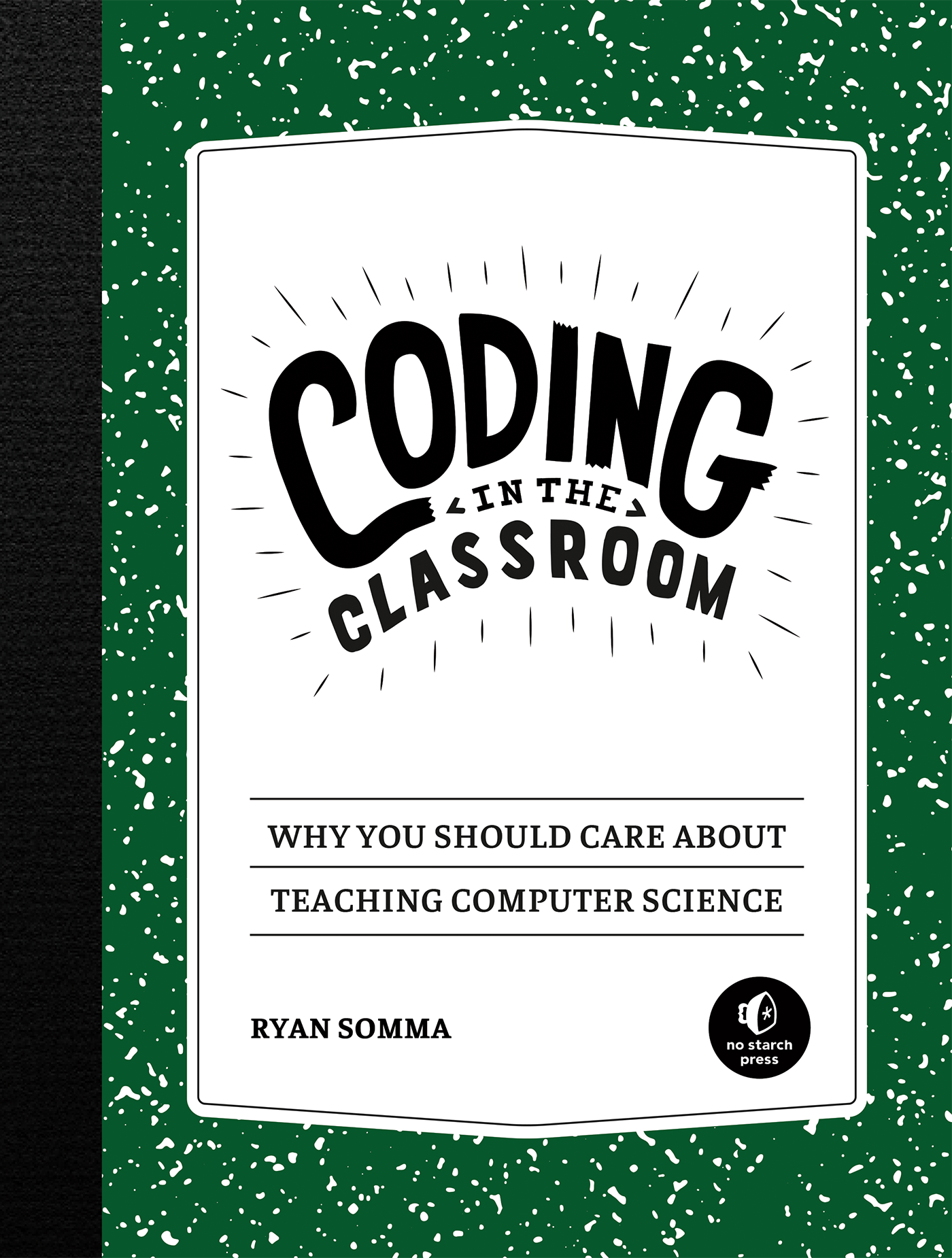
Ryan Somma has been a software developer for over 25 years. Hes developed mission-critical aviation logistics applications for the U.S. Coast Guard, Laboratory Information Management Systems, and professional development applications for teachers at the Association for Supervision and Curriculum Development. A volunteer educator, Somma is interested in synthesizing ideas from the technical and educational worlds, drawing on his own experience as an educator as well as contemporary education research.
Dr. Daniel Zingaro is an assistant teaching professor of computer science and award-winning teacher at the University of Toronto. His main area of research is computer science education research, where he studies how students learn (and sometimes dont learn) computer science material.
Id like to thank my wife, Vicky Somma, for being a role model software developer from whom Ive learned so much and who continually inspires young people to venture into coding. Thanks to Bill Pollock for the opportunity to publish with No Starch Press; to Alex Freed, Annie Choi, Anne Marie Walker, Emelie Battaglia, Laurel Chun, and Katrina Taylor for making sure I communicated my ideas clearly and effectively; and to Dr. Daniel Zingaro at the University of Toronto Mississauga for the invaluable technical feedback and for pointing out that the word is deprecatednot depreciated as Ive been saying for the last 25 years. And thank you to all the computer science enthusiasts everywhere who freely share their knowledge and discoveries online, making it ever easier for the next generation of coders to join the fun.
K12 computer science teachers are amazing innovators. They have to be. They work in a subject that was historically only taught to students at colleges and universities. Many K12 public schools have only recognized computer science education as crucial to student success in the last decade.
Computer science teachers dont have decades of established lesson plans and teaching exercises to draw from. Only in recent years have they even acquired standards to guide them. As a result, computer science teachers have had to rely on ad hoc networks of peers and communities in an ongoing conversation to share tips and techniques for teaching the subject.
This book seeks to contribute to that conversation with novel perspectives on computer science, exercises that integrate well with other subjects, and a programming environment with an extremely low bar for entry. The challenge of writing a book on teaching computer science standards in a public classroom or after school club is that so many different standards are available to choose from. Different states in the United States and countries around the world use distinct sets of standards and integrate their facets into the curriculum in various ways. Additionally, the rapid pace of technological change and the introduction of new innovations in computer science mean that todays cutting-edge classroom exercise might quickly become tomorrows dated curiosity.
Fortunately, computer science has a strong, persistent foundation of general principles that are as true today as they were a century ago. Concepts like abstraction, decomposition, and problem-solving strategies for highly complex systems are applicable to each new technological advance and invention. Helping our students master these techniques empowers them to adapt to technological change and rise to future challenges.
If youre teaching students about computers, computational thinking, or writing code, this book is for you. It provides you with numerous techniques and strategies to support you in your teaching. Elementary school teachers will find ideas for incorporating computer science facets into their existing lesson plans in ways that provide novel insights while complementing existing literacy, science, social studies, and mathematics lessons. Secondary school computer science teachers will learn about quick and accessible ways to get students writing code, engaging with programming exercises, and developing long-term projects. Teachers and school administrators will learn strategies for supporting students in computer science, building school community around the subject, and proving the value of their computer science program.
This book is also for enthusiasts who coach coders in many different contexts. Technology coaches who are only afforded limited sessions to work with students will find techniques to get kids writing code in moments on any computer. Students will be able to take that knowledge home or to a public library computer to continue learning independently. Volunteers hosting after-school code clubs or summer camps will find games, engaging exercises, and strategies for student projects that will gift young minds with a sense of accomplishment. Parents looking for accessible ways to improve their kids computer literacy will also learn about computers and programming alongside their children.
In recent years, organizations like the Computer Science Teachers Association (CSTA) have developed generalized computer science standards to guide teaching. Many states have adopted these standards into public classrooms. Some have even integrated the standards into existing subjects like math and science. Were seeing computer science rapidly rise in prominence in our public education institutions.
Although computer science is increasingly being taught in K12 education, how standards are applied can still differ greatly from school to school. For example, many schools might teach the same topics and use the same tools, but they might introduce them at very different grade levels. One school might introduce Scratch programming at the elementary level, and another might introduce it to high schoolers. To account for this disparity, techniques and topics covered in this book are generalized, so many of them can apply to multiple grade levels. Well also learn how to use board games to teach computational thinking principles: this is a technique students can benefit from whether theyre a child in kindergarten or a senior in high school.
Resources can vary dramatically from school to school. One school might provide a laptop to each student in a classroom, and another might only provide a shared computer lab to the entire student body. To address this discrepancy, the programming environments and exercises this book provides are as inexpensive as possible. In most cases, theyre free so you can optimize your programs return on investment. Theyre also accessible, so students can easily get up and running and continue programming on almost any computer.
Plenty of programming environments currently compete for mindshare in the education market. Some, like Scratch and Construct, are appealing for the way they provide easy-to-use interfaces that allow students to drag and drop control logic onto their projects to create animations and games. Unfortunately, to share their creations with others, students need friends and family to install software on their computers to run the games and animations. Some of these programs, like Scratch, are free; others can cost hundreds of dollars. This books examples and exercises use the JavaScript programming language. JavaScript is the most widely used language in web development; almost every website online uses it. Its also one of the few programming languages students can start coding with almost instantly, using any computer with a web browser. When a student publishes a program written in JavaScript online, anyone in the world can run it and learn from it.
Font size:
Interval:
Bookmark:
Similar books «Coding in the Classroom»
Look at similar books to Coding in the Classroom. We have selected literature similar in name and meaning in the hope of providing readers with more options to find new, interesting, not yet read works.
Discussion, reviews of the book Coding in the Classroom and just readers' own opinions. Leave your comments, write what you think about the work, its meaning or the main characters. Specify what exactly you liked and what you didn't like, and why you think so.

